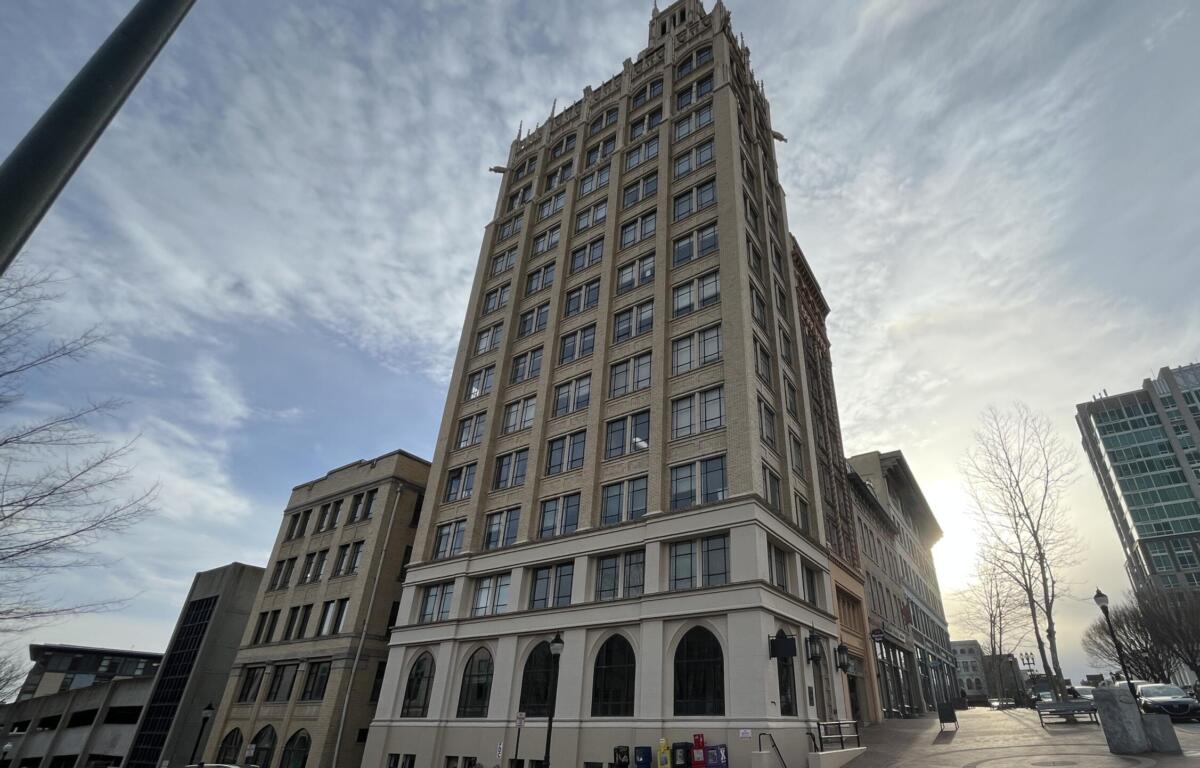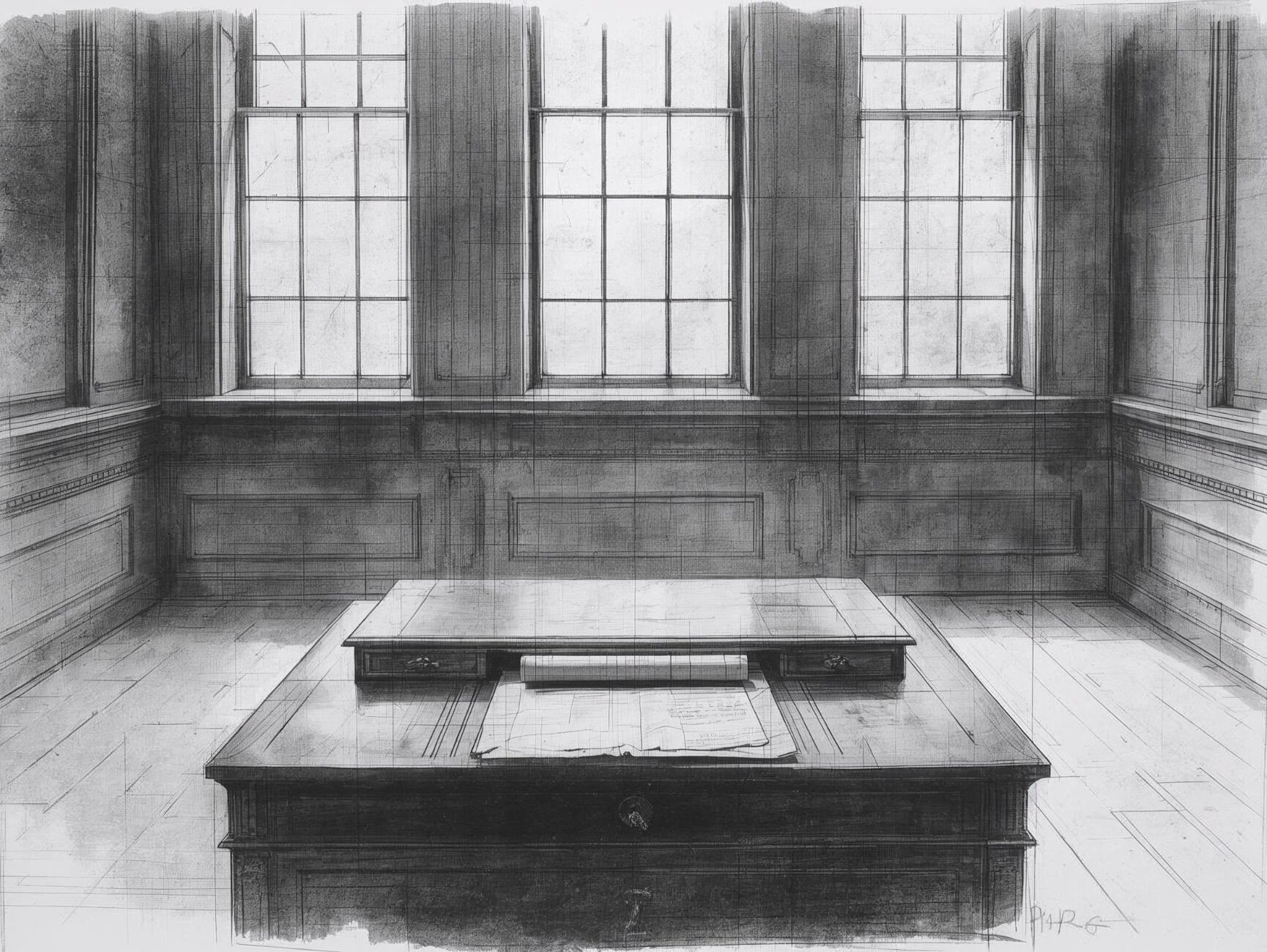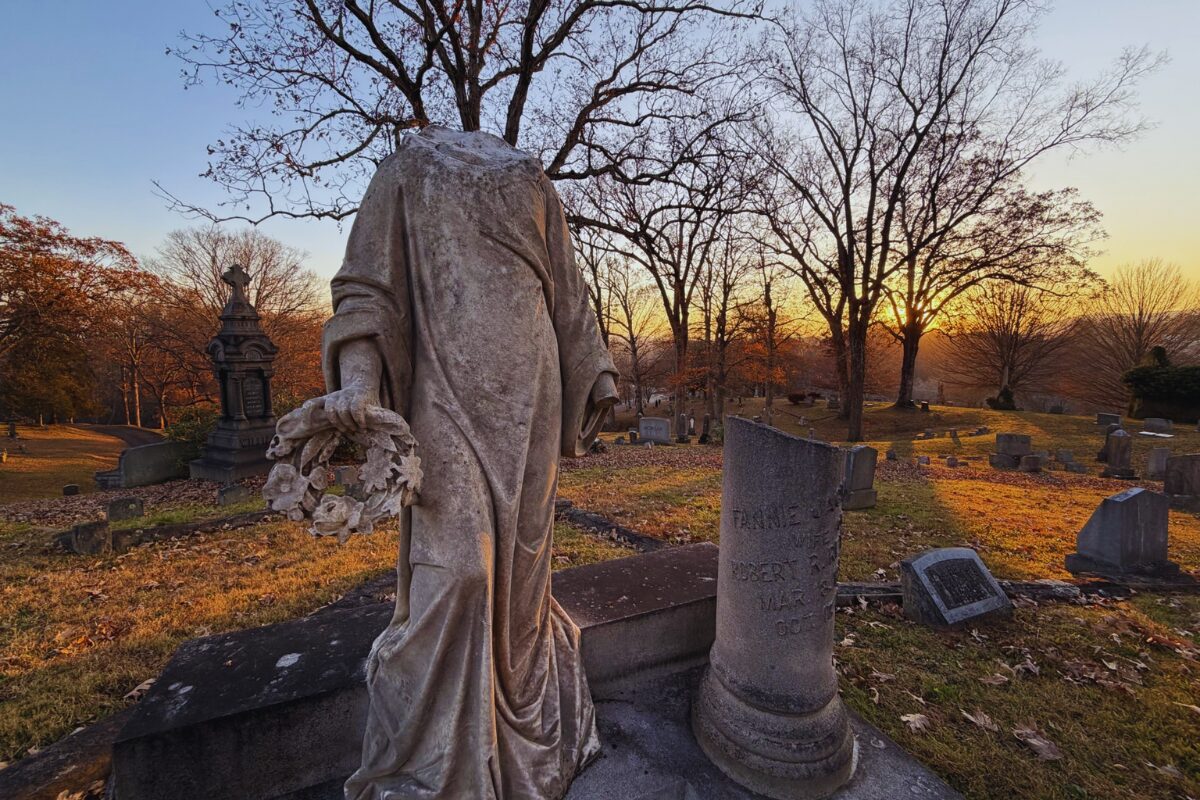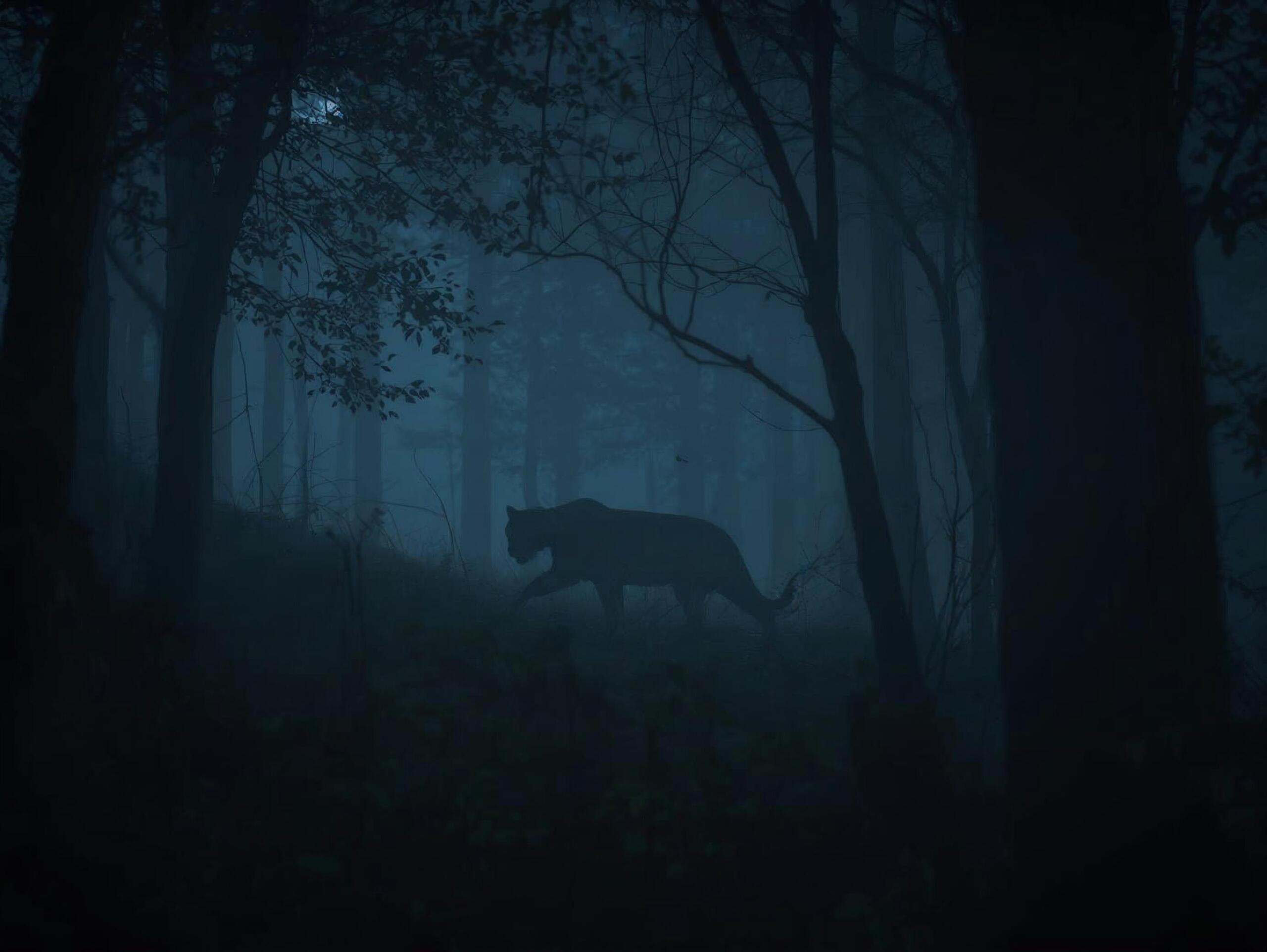EDITOR’S NOTE: Strangeville explores the curious and unexplained stories that have long defined Asheville and Western North Carolina. The region is full of unanswered questions, from old folklore and local legends to eerie encounters, unsolved moments in history, and the true-crime mysteries that still leave people wondering. Each week, we look back with an open mind and a sense of curiosity, trying to understand why some stories take hold and why some can never be explained.
The Jackson Building held the title of tallest building in Asheville for 41 years. Within only a decade of opening, its reputation became forever tarnished as a symbol of the city’s financial struggles after the Stock Market Crash of 1929. Nearly a century later, Western North Carolina residents still whisper of the fate of the men who supposedly jumped to their deaths from the thin tower, landing where a bullseye now sits in the pavement below.
But were there really suicides at the Jackson Building?
Constructing the Jackson Building
Thomas Wolfe’s father, W.O. Wolfe, owned and operated a monument and tombstone site prior to the Jackson Building’s construction. After the death of W.O. Wolfe, his widow sold the small parcel to 28-year-old real estate developer Lynwood Baldwin Jackson.
On the extraordinarily small plot, L.B. Jackson raised a building of 13 floors, occupying an area of only 27 feet by 60 feet. Built as a statement piece for his enterprise, Jackson’s edifice towered over the city as its tallest building from its completion in 1924 to the completion of the Northwest Bank in 1965, now known as Hotel Arras.
Designed in the neo-Gothic style by architect Ronald Greene, the Jackson Building does not stand alone. Beside her is a younger sister, the Westall Building. Due to its crammed stature, the Westall had to share an elevator with the Jackson Building.
Strangely, the sister buildings are built in contrasting styles. As Romantic Asheville cleverly noted, “There are nearly as many styles of architecture throughout the streets of Asheville as there are buildings.”
By technicality, the Jackson Building is not a skyscraper. Standing at 114 feet, it falls short of the minimum height requirement of 100 meters, roughly 330 feet, to be considered a skyscraper. Nonetheless, it has been endearingly known as “Asheville’s first skyscraper.”
At 101 years old, the Jackson Building at 22 South Pack Square remains a fixture of the Asheville skyline. Used for the same purpose today as it was raised for, occupants include local businesses, realtors, lawyers and other professionals.
One peculiar usage the Jackson Building no longer serves relates to an archaic city ordinance. “In its early days, one of the building’s most unusual uses was as a ‘clean-air lookout,’” explained Romantic Asheville. “Many of Asheville’s buildings were heated with coal, and every morning the city inspector stood at the top of the Jackson Building to watch for excessive smoke as building furnaces started up. If heavy smoke persisted for more than 5 minutes a citation to clean the furnace was issued.”
Other unorthodox items were included in the construction. “Originally, the building had more spires and a searchlight that cast a beam for 30 miles,” W.N.C. Magazine reported. Grotesques and ornamentation crown the Jackson Building, as well as a spire that appears cathedral-like.
Before completion, the Jackson Building had been fully rented out to the richest Asheville businessmen. Jackson’s firm inhabited the first floor, taking full use of the spectacle he had created in the burgeoning city.
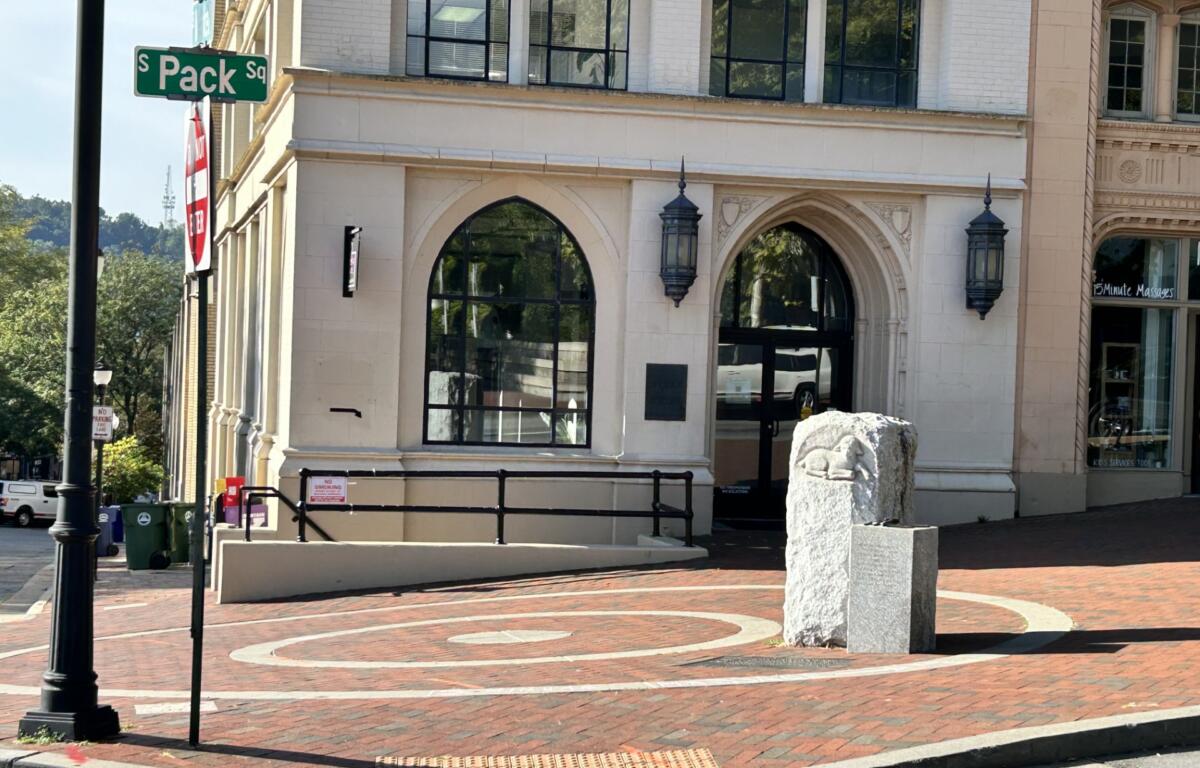
Haunting an Asheville landmark
Inlaid in the bricks below Asheville’s thinnest tower is what appears to be a target. A dark myth in the collective conscious of local historians is the dot at the center marks the place a man or many men jumped to their deaths.
UNC Asheville’s student newspaper, The Blue Banner, reported in 2014, “Because of its towering height, it was also the site of 17 suicide jumps during the stock market crash.” Unfortunately, no source is given for that figure.
“Local historian Kevan Frazier says he has heard, but not confirmed, that a landscape architect put it there to mark the spot where a man who jumped hit the ground,” reported the Asheville Citizen-Times. “Local lore has it that a ghostly apparition has been spotted staring through an upper floor window.” Other versions of the story say the ghost can be seen pacing on the roof.
No matter who you ask, two threads are consistent. First, the reason for the suicide or suicides was depression over the Stock Market Crash of 1929. Second, a man haunts the Jackson Building.
A suicide in the Jackson Building
An exploration of newspapers from 1929 through the end of the Great Depression turns up nothing on the bullseye that is clearly visible on the sidewalk. While the local rumor persists about men jumping to their deaths, no evidence is available to corroborate the claim.
But one death can be confirmed.
“F.M. Messler Shoots Self to Death” read the headline of The Asheville Times on April 4, 1930. “Frederick M. Messler, 66 years old, pioneer real estate man of Asheville, committed suicide in a vacant office of the Jackson Building.”
With his wife Mary Ella, Messler moved from New Jersey in 1889. For several decades, he had made himself a mogul in Asheville as a real estate broker and fire insurer.
Messler rented office space on the sixth floor of the Jackson Building. One morning, wearing his suit and glasses, Messler rode the elevator to the eighth floor, pulled out a revolver and took his own life.
A secretary found Messler’s crumpled body in a puddle of blood around an hour after he committed suicide. Police found two notes, one addressed to his wife and the other to his son. The letters made clear his intention to leave this world due to his failing health and financial troubles triggered by the 1929 Stock Market Crash.
A will notified authorities to grant Messler’s moderate wealth to his widowed wife. A few days after her husband’s suicide, Mrs. Messler moved to Rockingham, N.C. to be with her son.

